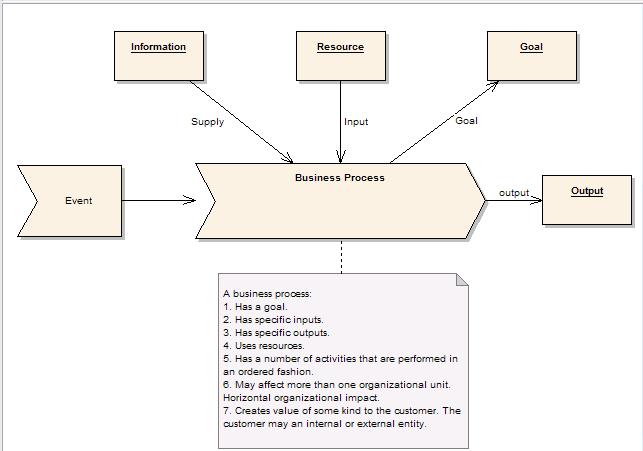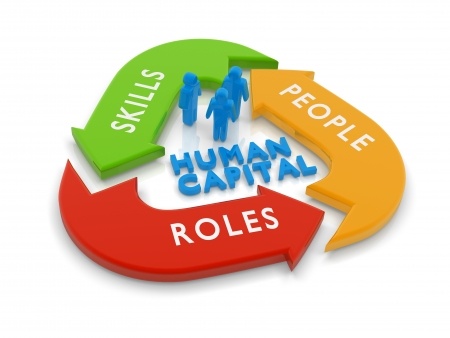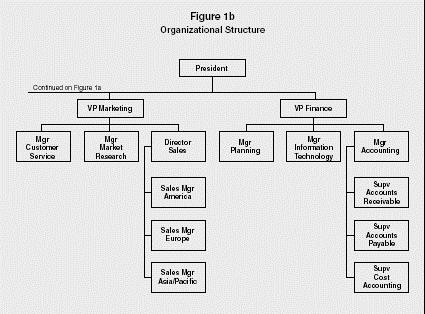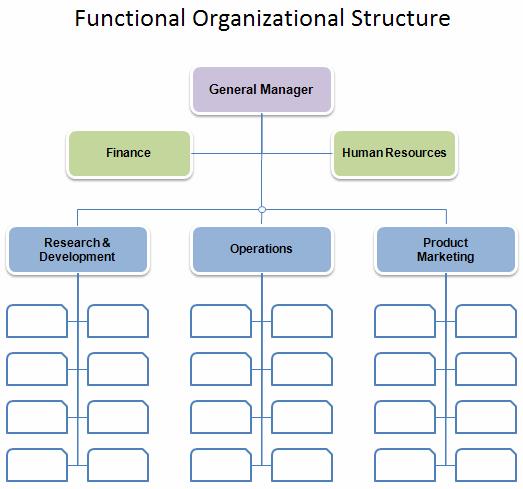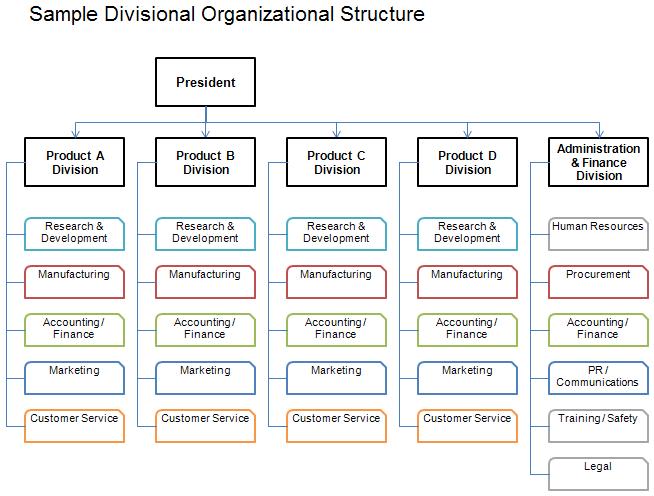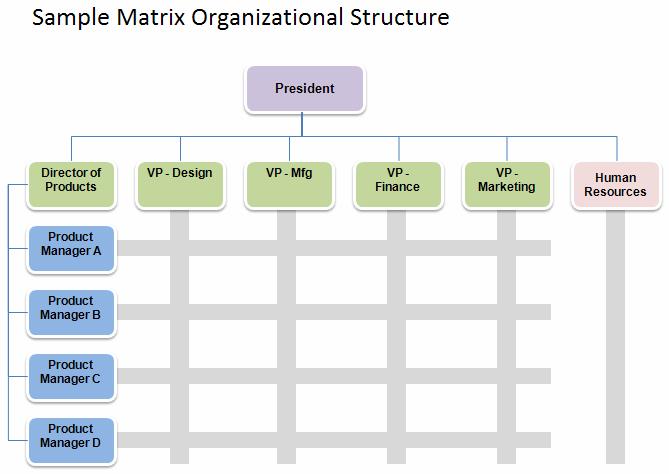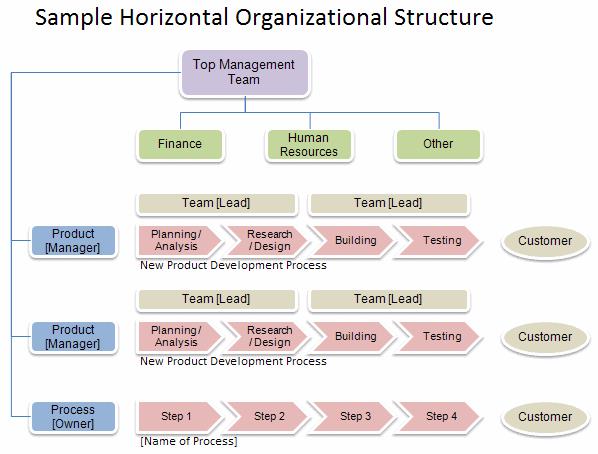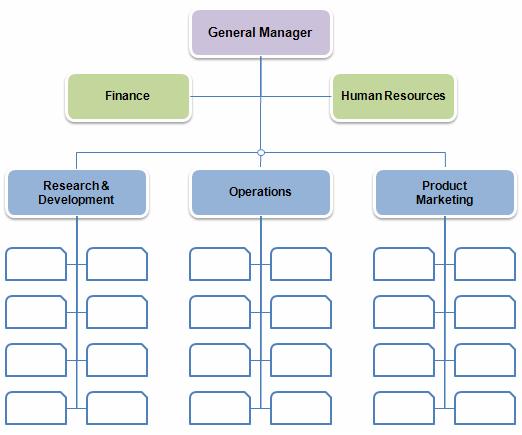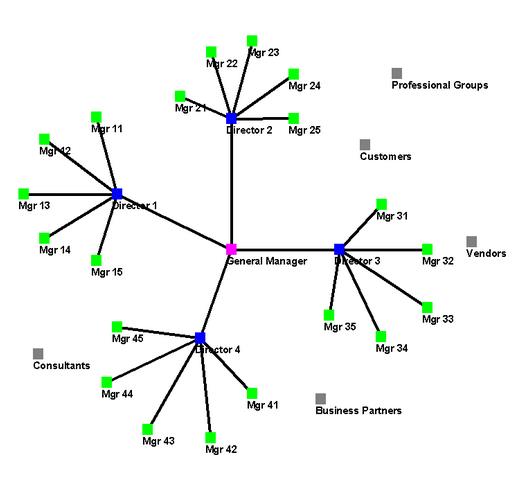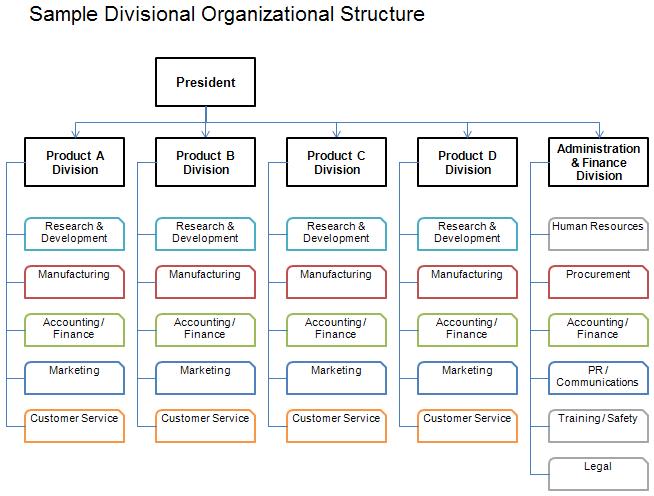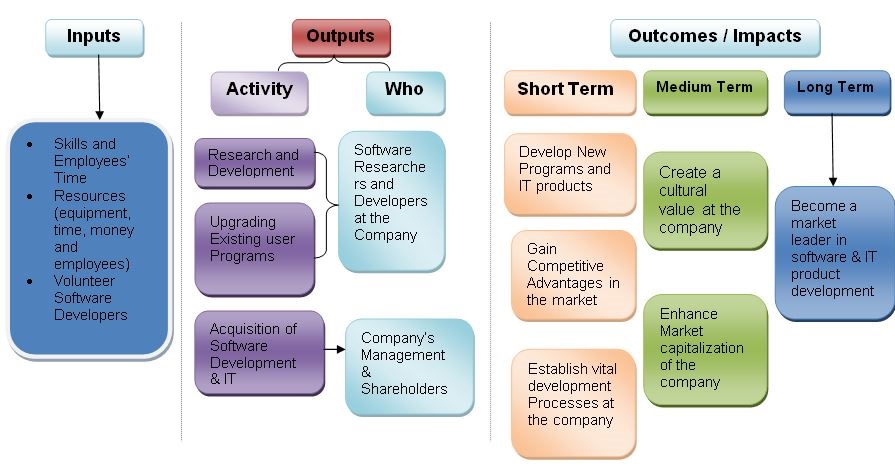Strategic Quality and Systems Management
The report on strategic quality identifies how organizations like Chery Motors Company can plan their strategic quality change and respond to market environments for their successful implementation. It also evaluates the strategic quality change of the concerned organization with effective planning to improve the performance of the organization, defining resources, tools and systems helpful in business processes and implications of planned strategic quality within an organization. The research work on strategic quality is also focused to identify the various systems essential to implement strategic quality change in an organization. It identifies the design of systems used to monitor the implications of strategic quality change, their ability to respond changes in market environments, embedding a quality culture in organizations for continuous organizational improvements and monitoring implementation of strategic quality, and identifying outcomes of a strategic quality change in the concerned organization.
Organizations should adopt continuous planning and implementation of strategic quality change either they are public or private organizations. Every quality management initiative must be tied up with their main business process performance indicators to make a real impact on the productivity and continuous growth of their respective organizations. However, strategic plans are rarely transferred into quality management strategies that are essential to make sure overall performance improvement gains. Cherry Motors Company, founded in 1997 in the Chinese province of Wuhu achieved considerable growth in the automobile production industry due to their effective strategic management policies. In 1999, they started their operations in automobile production using SEAT Toledo chassis system and improved their production quality by successfully founding a research and development institute. They also recruited large numbers of Japanese automotive consultants to get their assistance in achieving six sigma or lean process standards to their Wester/Japanese competitors. Cherry Motors improved aesthetic design of automotive parts production and made a contract with AVL Australia to get assistance in continuous production of 18 new engine models to integrate them into new models.
Ability to Plan Strategic Quality Change in an Organization
Plan of Strategic Quality Change in Improve Performance of Organization
Plan of strategic management quality to implement change within an organization is highly essential to improve performance in an organization. It improves the competitiveness, departmental quality and successful implementation of of their strategic quality change to make quick fixes into the realm of solutions. It leads them to the successful development of strategic management qualities and achieving their business objectives in competing with others. Planning strategic quality change in an organization of international reputation like Cherry Motors is possible if management successfully executes their strategic plans and deliver their desired changes in project through effective communication with their partners and stakeholders and effective management of their people (Crawford 2013).
The process of strategic quality plan starts with what an organization mean about their strategic quality management process to get competitive edge over their competitors. It identifies the process of defining quality to make sure the continuous process of developing quality standards along with creation of quality and translation of vision into a series of quality strategies. Quality strategic plans are associated with review of organizational strategic plan or imperatives, identification of strategies that have been used in the past, understanding the voice of their customers, engaging employees to get their feedback with continuous commitment to quality, creation of quality vision, development of the statements of quality standards, identification of quality strategies and development of effective and result oriented strategic implementation plan (Crawford 2013).
Chery Motors have always focused to achieve their customer satisfaction by adopting effective strategic quality management plans to enter into the market and establishing their business goodwill. They have successfully implemented the strategic plan to compete well with their business rivals and to continuously improve their products quality and standards. They have also improved the design and networking of their business processes by achieving a secure retail license after breaking international competitive barriers. They have taken all necessary steps in planning a strategy quality change to ensure consistent growth in their Foreign export, Sales growth, Production growth, increasing for the next several years. Policymakers at Chery Motors Company has given key importance to effectively plan strategic issues with the interpretation of information in predictable ways (Dutton and Duncan 2004).
Defining Resources, Tools and Systems to Support Business Process
Resources, tools and techniques are considered to be highly effective in meeting strategic quality plans and supporting business processes. Organizations that are interested in developing new products or want to improve their existing products or services depend largely on innovative tools and techniques used in strategic quality management systems. Businesses can be developed with the generation of new business ideas by listening to their quality management teams, or by measuring customer satisfactions. Benchmarking, strategic quality management teams, and the measurements of customer satisfaction are the resources, tools and systems that are used in quality management and recognized to be highly supportive of the management of innovation (Bossink 2002). Some quality tools have also become essential part of a most successful business organization in the recent times. These tools and systems are used in mainstream management to effectively control their manufacturing processes like Fishbone diagram that is quite specific to the engineering as well as to manufacturing disciplines. These resources, tools and systems have a strong focus in Kaizen, Lean management and other useful techniques most successfully used in various organizations like Chery Motors Co. (Thomas, Corso and Pietz 2013).
Strategic quality tools are referred to as tools and systems that are used to support Kaizen and other quality improvement standards within different organizations. It helps them to get a competitive edge and customer satisfaction in successfully enhancing the quality of their introduced products and services to their customers. These tools and systems are mainly based on statistical and manufacturing process tools, and quality tools that are most effectively used in organizations. Typically these resources, tools and systems are used to analyze Kaizen work within organizations, team analysis and review of business activities and uncover of inefficiencies. Chery Motors have successfully adopted these resources, tools and systems like Poka-Yoke, a Japanese term, that means ‘mistake-proofreading’ and it is lean manufacturing process used to help the equipment operator to overcome their equipment operating mistakes. The main objective of this tool and system is to get rid of product defects with successful correction, prevention or drawing attention on human errors. 5-S –S is another successful method used in quality management standards and it is based on five Japanese words including seiri, seiton, seiso, seiketsu and shitsuke. They represent housekeeping, workplace organizations, clean up, standardization and sustaining discipline in manufacturing organizations (Andersen, Savik and Lawrie 2004).
Implications of Planned Strategic Quality in an Organization
Strategic quality management with effective planning can make a considerable impact on public or private level organizations. It can make a significant impact on their customers as well and increase their competitiveness among others. In this way, organizations can make timely and more effective decisions with the aim of managing limited resources in a rational way along with improvements of their services to achieve greater satisfaction from their customers (Salkic 2014). Strategic approach to management has made considerable impact on various organizations in the recent years and it has improved their quality and customer services more significantly. It has gained more and more popularity due to the increased complexity of organizational environments, technological developments, globalization and shrinkage of economic resources at global level. The central focus of strategic quality planning is associated with the efforts of internal and external decision makers that work together in solving various issues and making the organizational achievements more effectively by crafting and implementing new strategic quality services. Furthermore, strategic planning focuses on the achievements of three C’s like cooperation, collaboration and coordination that can be operated to create a highly supporting culture and leadership system within the organization (Asghar 2011).
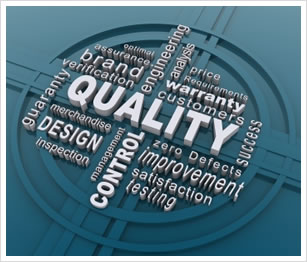
A planned strategic quality change could affect the strategic goals of the organization and enhance its productivity, competitiveness and customer satisfaction. Strategic quality change within the culture of an organization can impact the entire vision of the organization and thus improve every aspect of business process. These changes could also impact the managerial and personal staff working within the organization. Change can even create confusion in the operational processes of the organization, but it can even alter the clarity and stability of various roles and relationships that can even create chaos. It needs the realignment and renegotiation of formal patterns of business relationships and policies. But strategic quality management can improve the performance of an organization and increase productivity despite chaos or instability in roles and responsibilities of management. Strategic quality planning is useful in developing a link between organizational strategy and organizational performance, particularly in terms of their business quality. High level of strategic quality is also useful because it creates the potential of pursuing both differentiation and cost leadership strategy with a market where that organization operates and offers its products and services (Prajogo and Sohal 2006).
Design of Systems to Monitor Implications of Strategic Quality Change
It is the main responsibility of senior management is to come together to review, discuss, challenge, and finally agree on how effectively the components of strategic quality plans are used. The genuine commitment from senior team members is essential to make sure the successful implementation of strategic quality planning in a business organization like Chery Motors. Furthermore, strategic group members should be well aware about their purpose and intention to make changes, and pushing for consistent operational definitions that each member of the team agrees on. The strategic quality management is useful to prevent differing perceptions or turf-driven viewpoints effectively. A carefully selected team of professionals is highly essential to overcome business processes, group dynamics and interpersonal issues. An organization can know about their strengths, weaknesses, threats and opportunities through conducting a SWOT analysis. It helps them to identify them to know about their strengths and core capabilities, products, resources, and maximum facilitation of their customers. In this way, organizations like Chery Motors can know in which areas they are best and why they are in this business and how effective can compete with their competitors (Finlay 2000).
It is the core responsibility of top level management to develop and design systems to monitor the impacts of strategic quality change in organization of internal and external business environments. In their internal business environments, organizations like Chery Motors should monitor work environments, use the latest technologies to improve productivity, improve warehousing and logistics and give rewards and promotions to the best performers. They can review external business environments to know about different opportunities and growth possibilities or market conditions. They should evaluate whether or not these opportunities corresponds to their organizational strengths. Business managers can even evaluate critical changes in the marketplace over the next one to five years, the position of their organization for the anticipated market changes and need for greater innovation or change needs to occur in the organization to be successful (Peljhan and Tekavcic 2008).
Ability to Respond Changes in the Marketing Environment for Implementation of Strategic Quality Change
Implementation of Strategic Quality Change in an Organization
The implementation of strategic quality change within an organization is possible through the successful adoption of benchmarking. It is known as the best strategic process of identifying ‘best practices’ adopted within an organization like Chery Motors in relation to their products and processes. Using strategic quality change implementation, products are created and developed using innovative technologies, best available resources, tools, techniques and business systems. The search for best practice can be interrelated to a particular industry and also be applied to other industries to increase their productivity and customer satisfaction. The main objective of benchmarking is to understand and evaluate the current situation of a business where it stands with its strengths, weaknesses, threats and opportunities. Benchmarking involves identification of performance improvement techniques that can be used within a successful business organization. They identify how others have achieved their performance levels that they can also adapt to get benefits of available business opportunities. In the application of benchmarking, four key steps are involved, including an understanding of current business practices, analyzing business processes of others, comparing business performance with the business performance of others and implementing necessary steps to close performance gaps (Pfeifer 2002).
Embedding Quality Culture in Organization ensuring Continuous Monitoring
Embedding a quality culture in an organization is developed within an organization to make sure continuous monitoring and development of their business processes. Every successful business organization has their own organizational culture depending on their past beliefs, values and norms. It is highly due to various reasons. Organizational culture is effective to increase employee commitment and loyalty due to their emotional attachments with their organization. It is highly useful in enabling an organization to achieve their strategic goals as Chery Motors have successfully achieved their business goals after successfully planning, and implementing their strategic quality plans into business processes. The success of any business strategy relies heavily on their existing organizational culture. It is also effective in reducing disagreement in between different organizational departments and facilitates decision makers in developing their business policies (Malhi 2013).
Continuous improvements in organizational culture help them to achieve the commitment of their employees, delight their customers and build added value to their developed products and services. To build continuous improvements within a business organization, it is necessary to implement a quality culture in that organization. Culture is defined as the arrangement of things, norms or values on the basis of which organizations operate. It identifies the personality of the organization of what employees do with shared beliefs, behaviors, attitudes and assumptions acquired over time. Attitude shows the outlook and thoughts by which work habits emerge and related to qualities stem applications. Vision, mission, values, goals and strategies of the organization work as guideline principles of an organization and its culture is culminated from them (Bertels, Papania and Papania 2010).
Monitoring Implementation of Strategic Quality Change in an Organization
An organization can never win the battle by simply developing an effective strategic plan. But getting it implemented is generally tougher and complicated task to do. Monitoring, controlling and successful execution of strategic quality is highly important for the success of a business organization. Monitoring the strategic business plans is important due to several reasons as they are highly effective in meeting business needs. Strategic quality plans help to assure that business efforts are aligned with their strategic quality plans. It helps to make sure the results Chery Motors or a successful business organization can achieve aligned with their quantified objectives. Business monitoring and controlling help organizations to take corrective actions by fine tuning their business strategies and planning their business processes. Monitoring is a part of control process that is useful to encourage improved business performance by knowing it will considerably improve performance of their workers. Monitoring offers essential link in between their written business plans and their day-to-day business operations to manage their businesses, according to their plans (Daft 2003).
Evaluation of the Outcomes of a Strategic Quality Change in an Organization
Outcomes of Strategic Quality Change
Strategic quality change that is aligned with the goals of the organization needed to improve the quality of their products and services and enhance customer satisfaction. The processes of organization are redefined to make sure efficient and effective steps to ensure the quality maintenance throughout all the processes of the organization before the final product is produced. Strategic quality change is useful to assist the increased efficiency within an organization as achieved by Chery Motors by eliminating all the wasteful tasks. It is helpful for a successful business organization to better manage their available resources by implementing a system of quality control to make sure cost-effectiveness and to meet expanding customer needs. Overall, outcomes of strategic quality change are helpful to various organizations to get competitiveness and to achieve sustainability and satisfaction of their customer needs by eliminating unhealthy tasks (Lyon and Sullivan 2007).
Recommended Areas for Improvements to Strategic Quality Change Aligned with organizational Objectives
It is highly recommended that an organization should implement a balanced scorecard to make sure each and every department of the organization has achieved considerable improvement. The balanced scorecard is the strategic planning of the organization aligned with business activities to the vision and strategy of the organization. It is highly effective to improve the internal and external communications, coordination and successful monitoring of organizational performance against their strategic goals. The balance scorecard gives a framework of providing performance measurements to help planners that should be effectively done and measured. It enables business executives and top level management to successfully execute their business strategies (Hillier 2004).
Conclusion
Strategic management can help in implementing the strategic plan. Appropriate measures show the strategy is important for the leaders, provide motivation, and allow for follow-through and sustained attention. By acting as operational definitions of the plan, measures can increase the focus of the strategy, aligning the workforce around specific issues. The results can include faster changes (both in strategic implementation, and in everyday work); greater accountability (since responsibilities are clarified by strategic measurement, people are naturally more accountable); and better communication of responsibilities (because the measures show what each group’s primary responsibility is), which may reduce duplication of effort. Creating a strategic map (or causal business model) helps identify focal points; it shows the theory of the business in easily understood terms, showing the cause and effect linkages between key components. It can be a focal point for communicating the vision and mission, and the plan for achieving desired goals. If tested through statistical-linkage analysis, the map also allows the organization to leverage resources on the primary drivers of success.
References
Bossink, B., A., G., (2002). “The Strategic Function of Quality in the Management of Innovation.” Total Quality Management, Vol. 13, No. 2.
Andersen, H., V., Savic, N., and Lawrie, G., (2004). “Enabling Quality Management: How Strategic Context is Needed to Drive Effective Application.” 2GC Working Paper, 2GC Limited.
Thomas, C., Corso, L., Pietz, H., (2013). “Evaluation, Performance Management, and Quality Improvement: Understanding the Role They Play to Improve Public Health.” Centers for Disease Control and Prevention, CDC.
Salkic, I., (2014). “Impact of Strategic Planning on Management of Public Organizations in Bosnia and Herzegovina.” Interdisciplinary Description of Complex Systems.
Asghar, Z., (2011). “New Approach to Strategic Planning: The Impact of Leadership and Culture of Plan Implementation via the three Cs: Cooperation, Collaboration and Coordination.” ASBBS Annual Conference, Las Vegas.
Prajogo, D., I., and Sohal, A., S., (2006). “The Relationship between organizational strategy, total quality management (TQM), and organization performance – the mediating role of TQM.” European Journal of Operational Research.
Finlay, P., (2000). “Strategic Management: An Introduction to Business and Corporate Strategy.” Financial Times, 1st Edition, London.
Lowson, H., R., (2002). “Strategic Operations Management: The New Competitive Advantage.” Routledge, 1st Edition.
Peljhan, D., and Tekavcic, M., (2008). “The Impact of Management Control Systems – Strategy, Interaction on Performance Management: A Case Study.” Organizacija, Volume 41.
Pfeifer, T., (2002). “Quality Management Strategies, Methods, Techniques.” Hanser Fachbuchverlag, 1st Edition.
Malhi, R., S., (2013). “Creating and Sustainability: A Quality Culture.” Malhi, J Def Manag 2013, Defense Management.
Bertels, S., Papania, L., and Papania, D., (2010). “Embedding Sustainability in Organizational Culutre.” Network for Business Sustainability.
Daft, R., L., (2003). “Management. – Sixth Edition” Thomson Learning, South Western, Ohio, USA
Lyon, E., and Sullivan, C., M., (2007). “Outcome Evaluation Strategies for Domestic Violence Service Programs Receiving FVPSA Funding.” National Resource Center, Harrisburg, PA.
Hillier, F., (2004). “Introduction to Operations Research.” 8th Edition, McGraw.
Thompson and Martin, (2010). “Strategic Management.” 6th Revised Edition. ClExcl Vacation.

